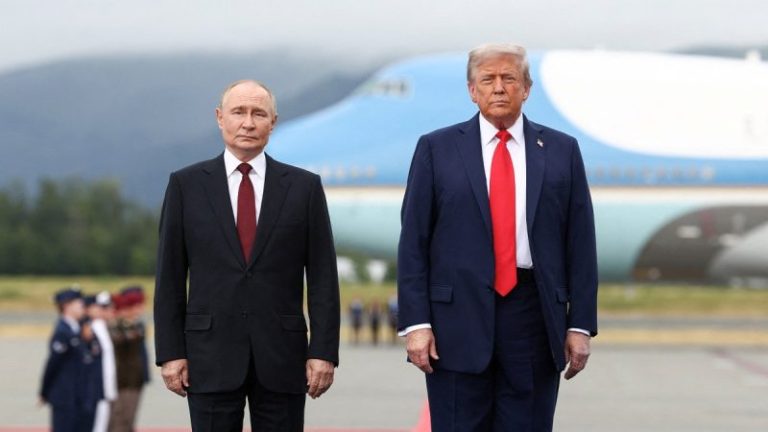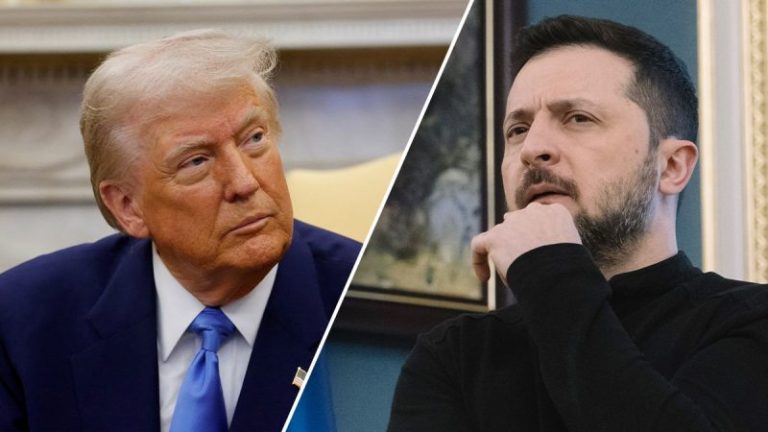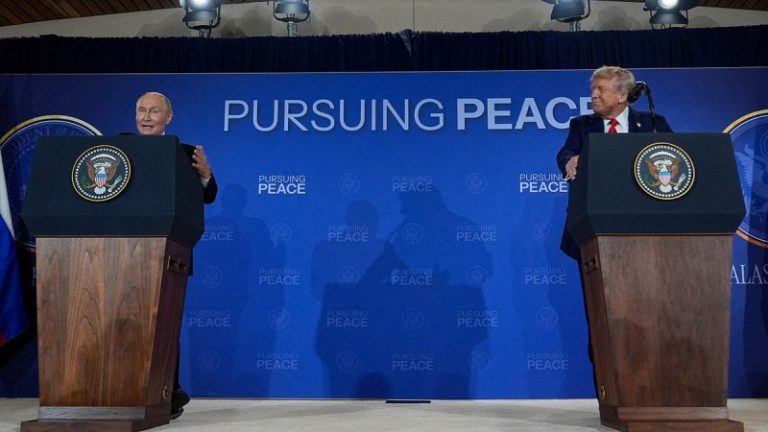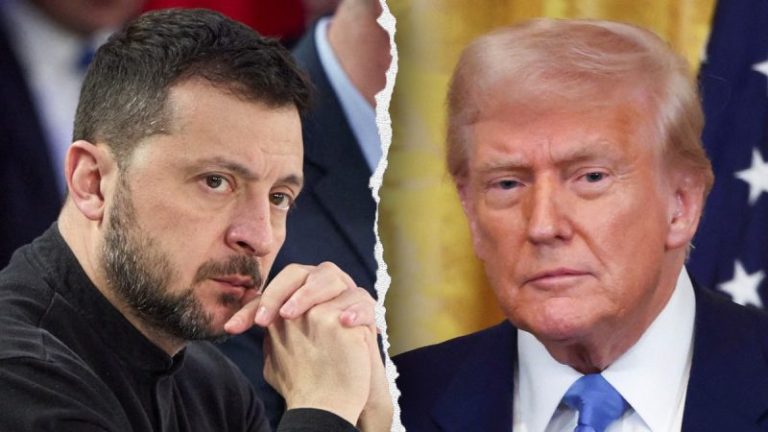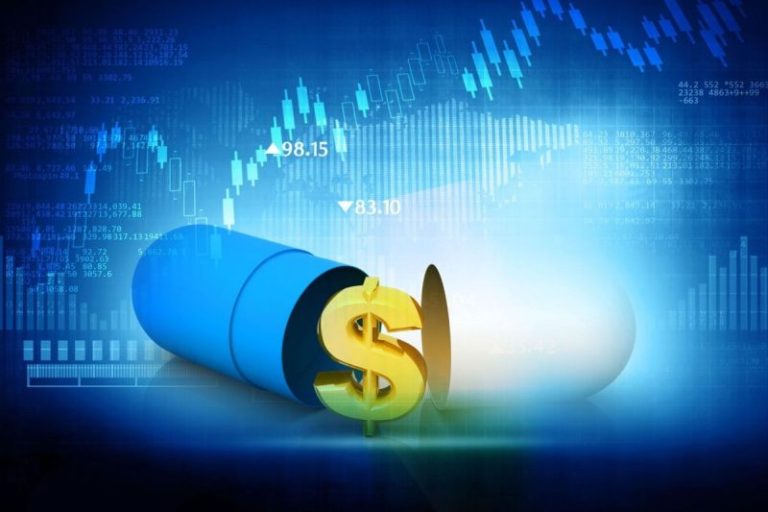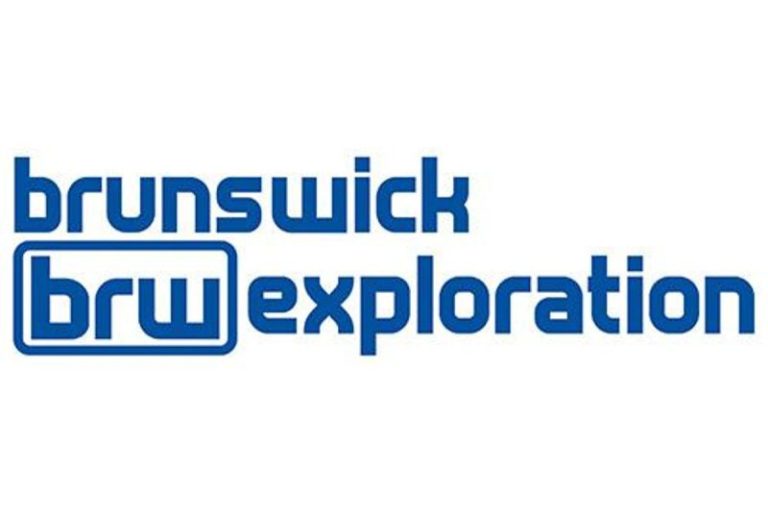Congressional Democrats remained skeptical that any progress toward an end to the war in Ukraine would be made ahead of the meeting between President Donald Trump and Russian President Vladimir Putin.
The high-stakes meeting in Anchorage, Alaska, comes as lawmakers have grown anxious to see an end to the conflict between Russia and Ukraine, and with many ready to slap a bone-breaking sanctions package on Moscow and its allies unless Putin relents.
But Democrats are not so sure that Trump will yield results in his closed-door meeting with Putin, the first between U.S. and Russian leaders since the invasion of Ukraine in 2022.
‘I fear this meeting could once again end with America ceding ground to an autocrat who has spent his career undermining democratic values,’ Sen. Mark Warner, D-Va., and the top Democrat on the Senate Intel Committee, said.
He warned that there could be no concessions without Ukraine’s involvement, Russia’s withdrawal from Ukrainian territory and ‘enforceable guarantees’ for Ukraine’s security.
‘Anything less would be an invitation for further aggression from Moscow and every autocrat watching to see if the United States still has the backbone to defend the principles that have kept Americans safe since the Second World War,’ he said.
House Minority Leader Hakeem Jeffries, D-N.Y., accused Trump of previously ‘playing footsie’ with Putin, but noted that it appeared that the president’s disposition toward his Russian counterpart had shifted.
He added that last year, House Democrats and Republicans worked together to pass another military aid package for Ukraine, and likened it to a ‘Churchill or Chamberlain moment.’
‘We are either going to appease the dictator or we’re going to aggressively oppose the dictator,’ Jeffries said. ‘And as we saw with Chamberlain, appeasing the dictator never works.’
Trump himself sought to set expectations for the summit, telling Fox News Radio earlier this week that there would be a 25% chance that the meeting would end in failure.
And aboard Air Force One, Trump told reporters that he wanted to ‘see a ceasefire rapidly.’
‘I don’t know if it’s going to be today, but I’m not going to be happy if it’s not today,’ he said. ‘Everyone said it can’t be today, but I’m just saying I want the killing to stop.’
The Trump administration has threatened to slap secondary tariffs on India, a major buyer of Russian oil, if the meeting did not go well. That comes after Trump gave Putin a 50-day deadline to reach a ceasefire agreement, which the president recently shortened to ’10 or 12′ days.
Sen. Jeanne Shaheen, the top Democrat on the Senate Foreign Intelligence Committee, told reporters that ‘people have been willing to give the White House and the president the benefit of the doubt.’
‘But if he doesn’t produce anything at this summit, after drawing red line after red line … there will be growing concern and a growing pressure to try and get something done,’ the New Hampshire Democrat said.
One area where many lawmakers in the upper chamber agree is the necessity for a sanctions package against Russia. Currently, Sens. Lindsey Graham, R-S.C., and Richard Blumenthal, D-Conn., have a bill in the works that would slap up to 500% tariffs on countries buying energy products from Moscow.
Blumenthal told MSNBC earlier this week if Trump stood firm and insisted on a ceasefire, Putin come to the table with European leaders and secure security guarantees ‘he has the makings of a potential agreement that could win him the Nobel Peace Prize.’
‘But my fear is that he will be the mercurial Donald Trump who allowed the deadline for sanctions to pass last Friday without any imposition of new levies on Russia, and that he will fail to adhere to those principles adopted yesterday by the European countries in their meeting,’ he said.


